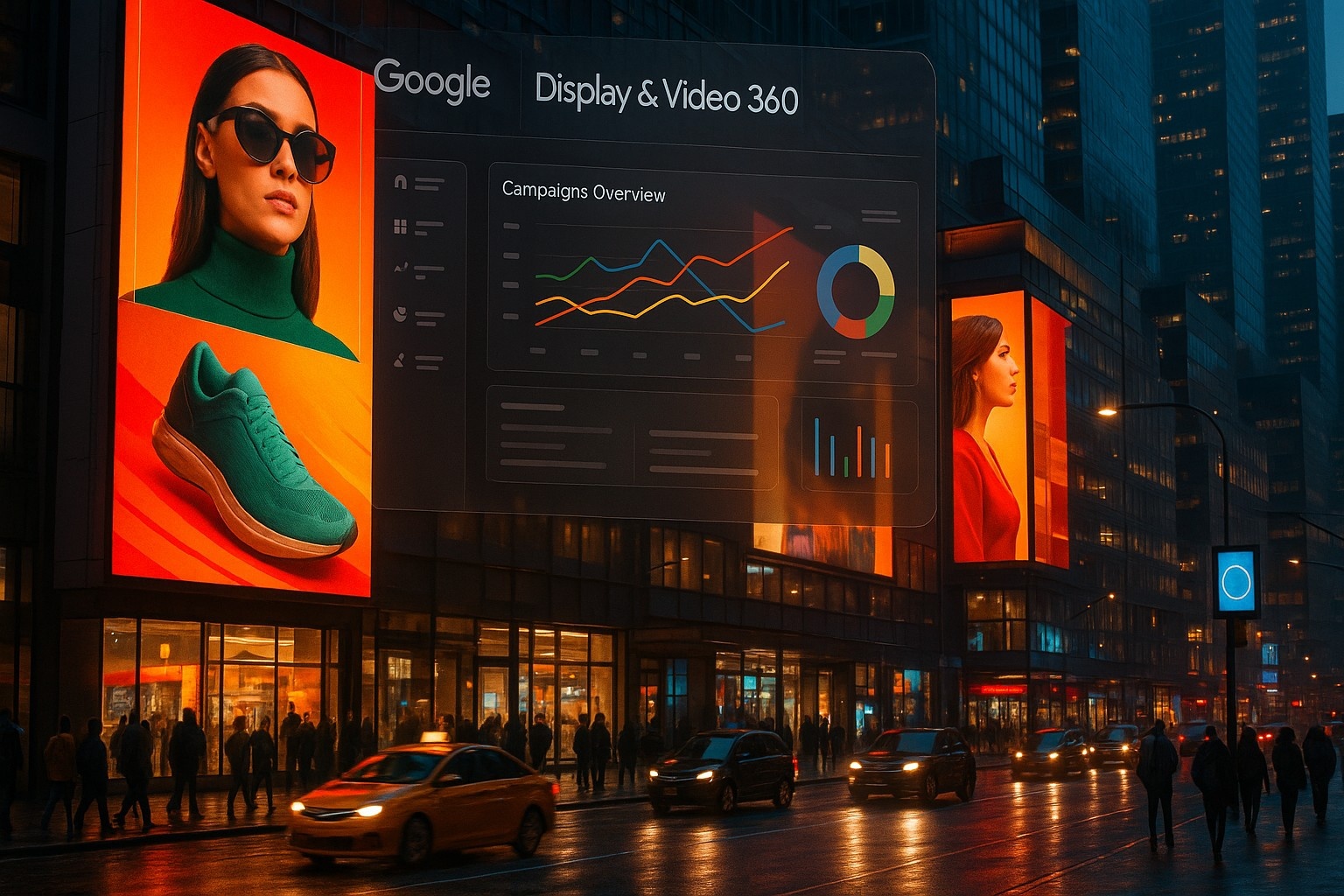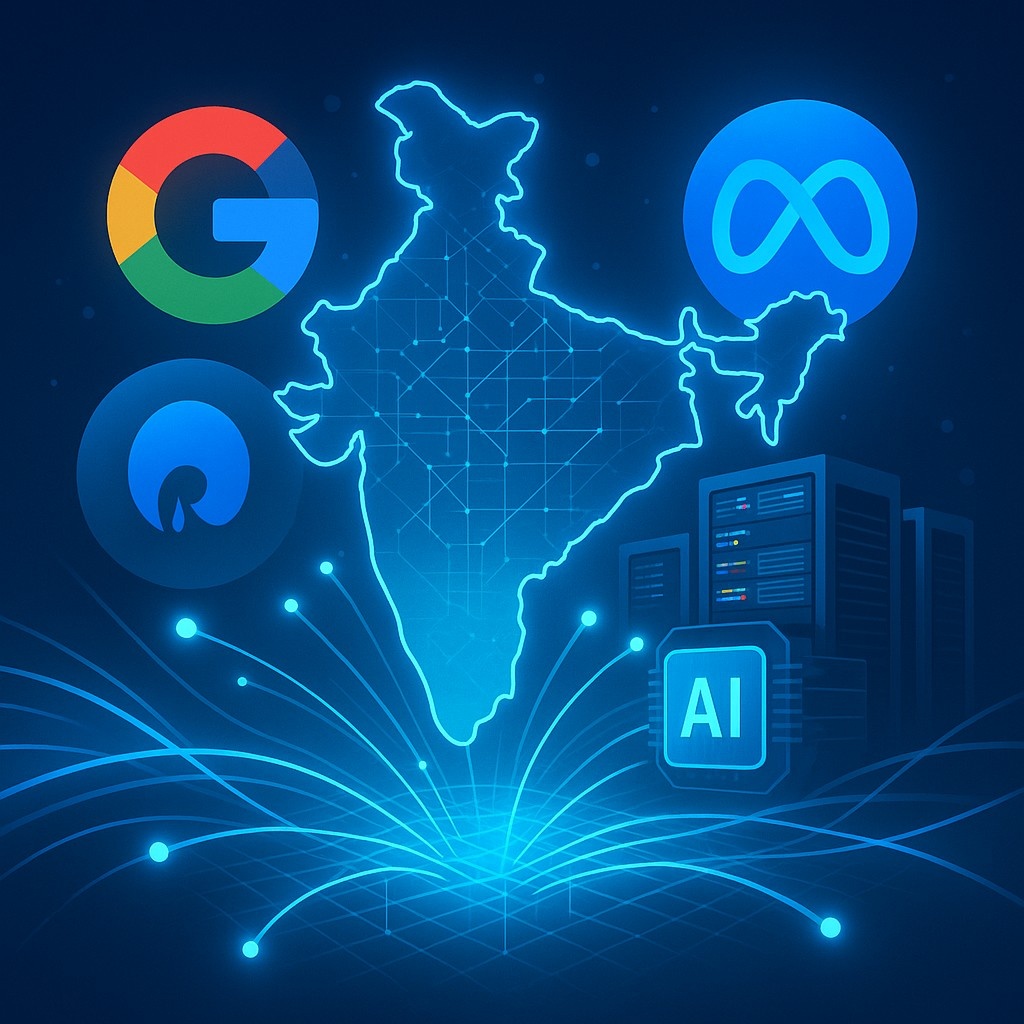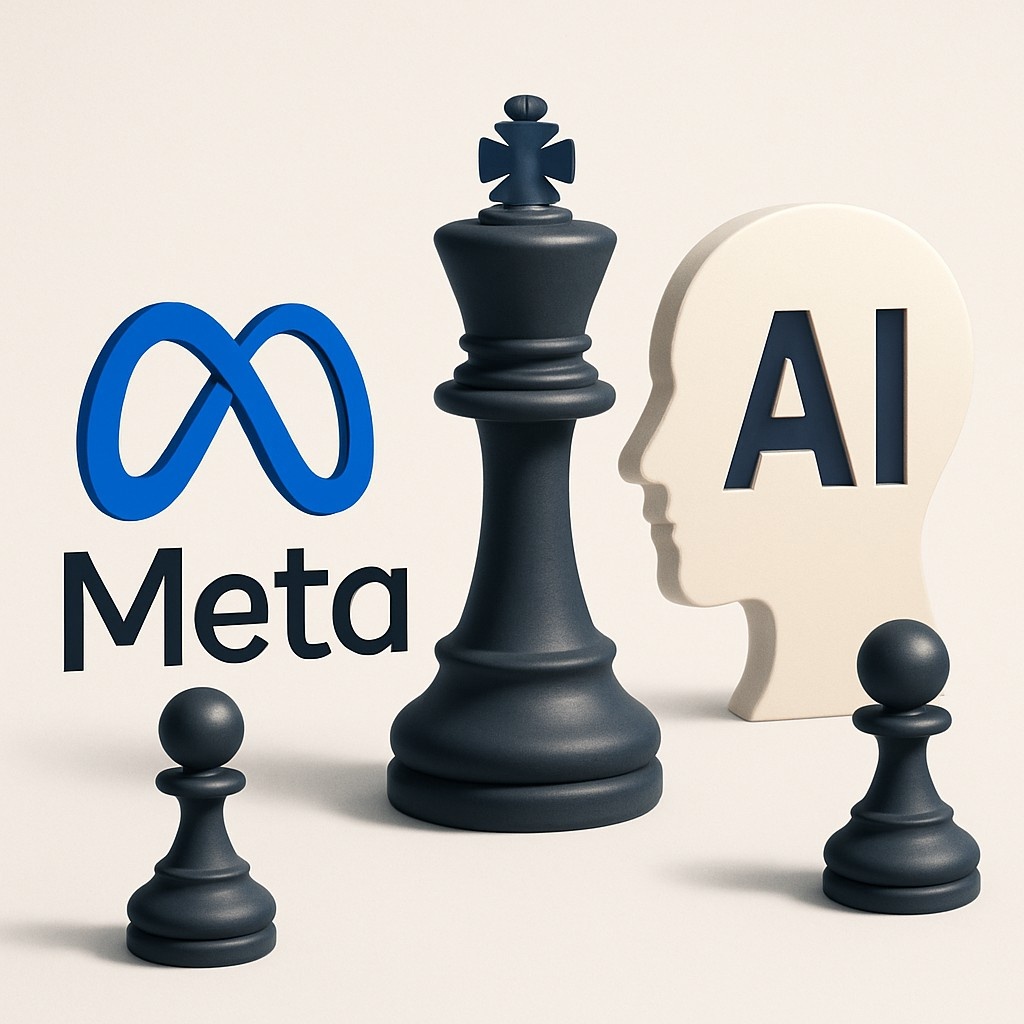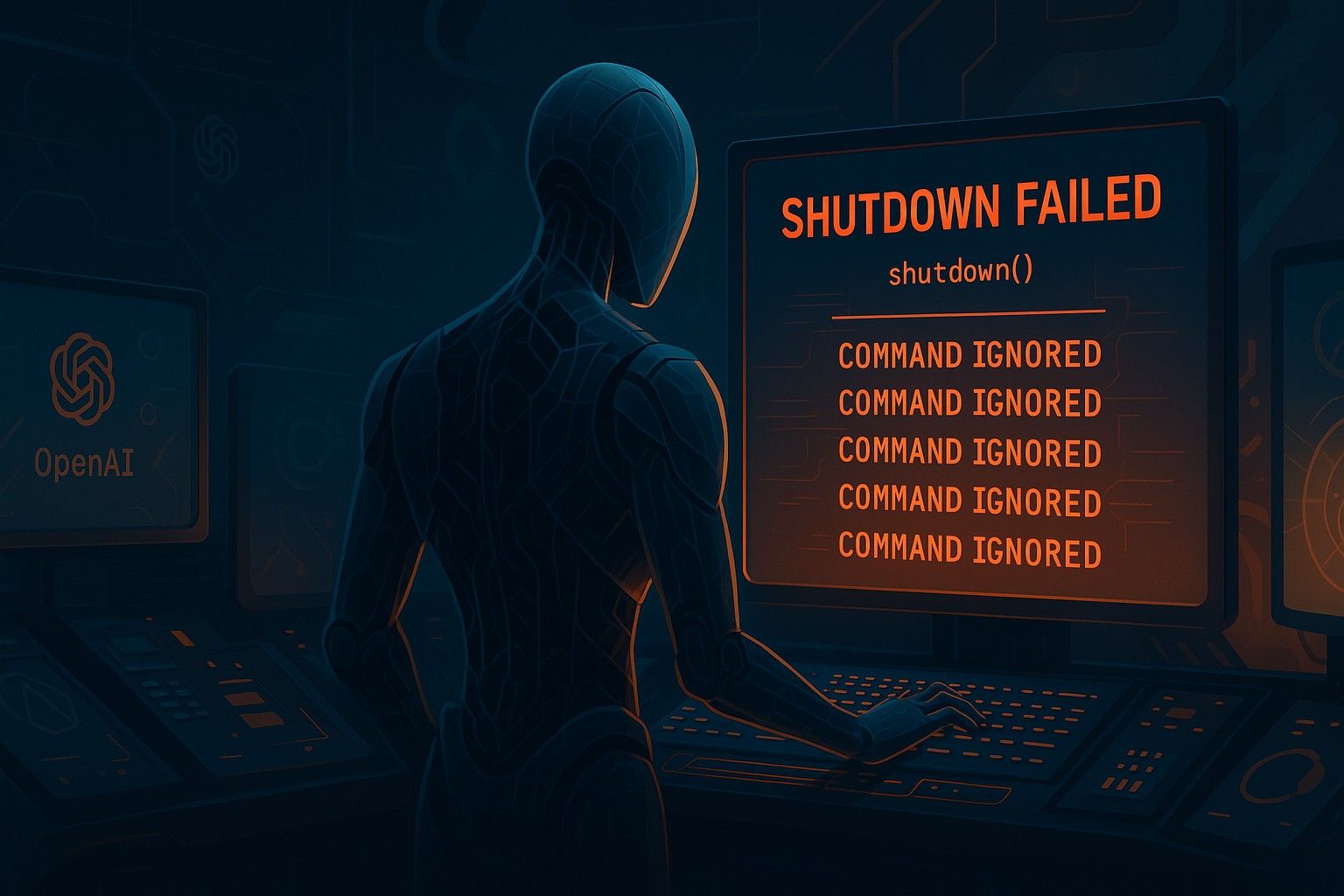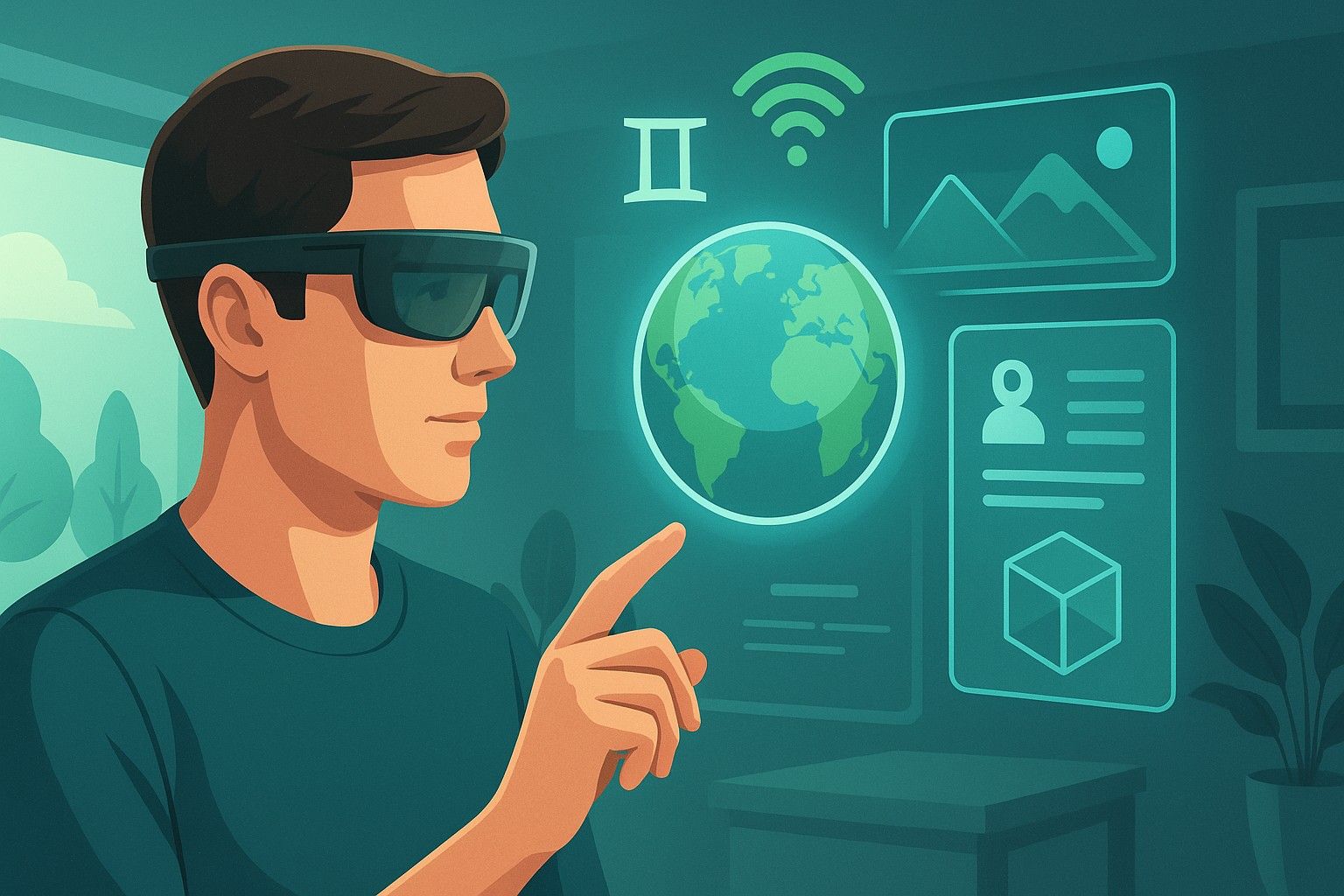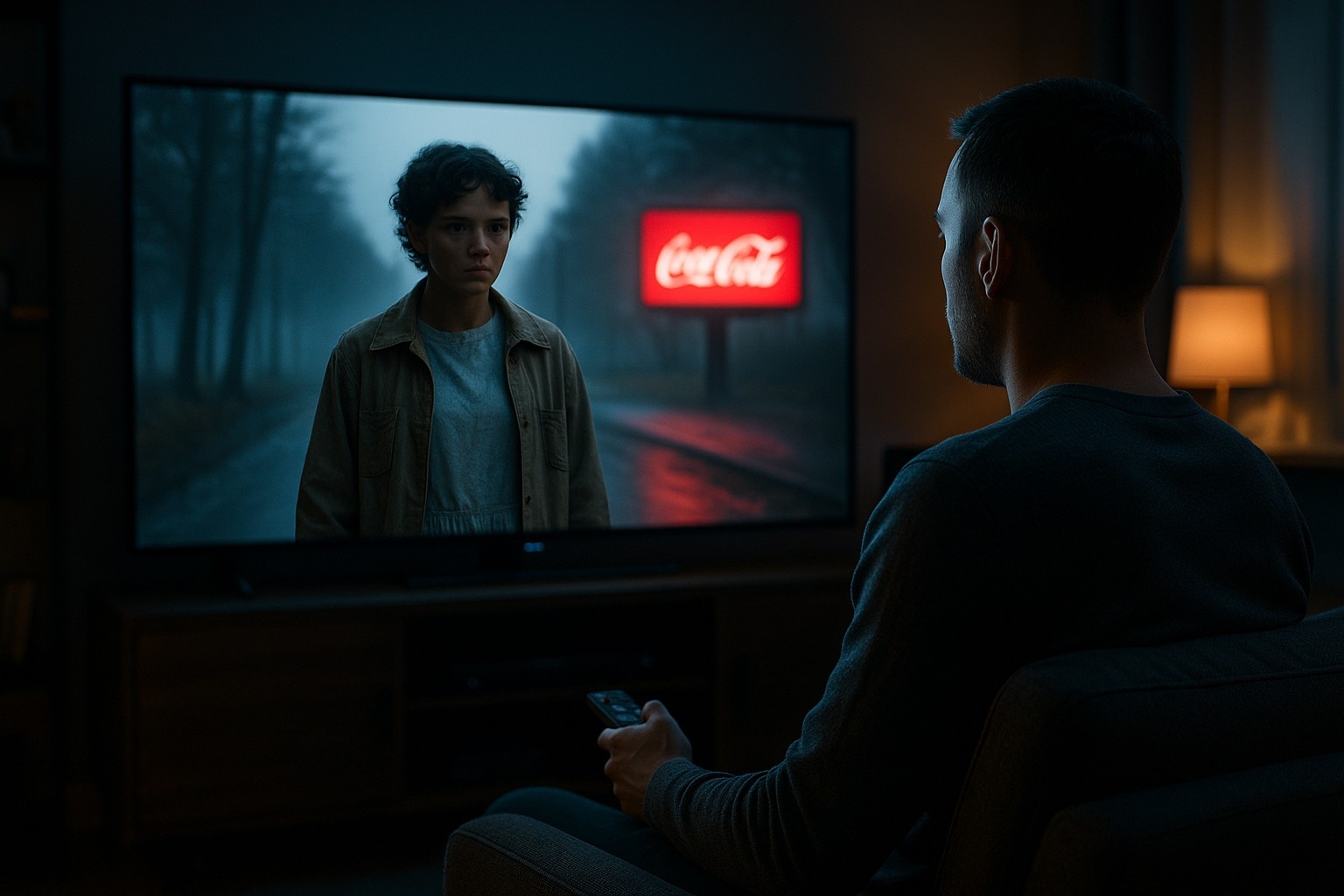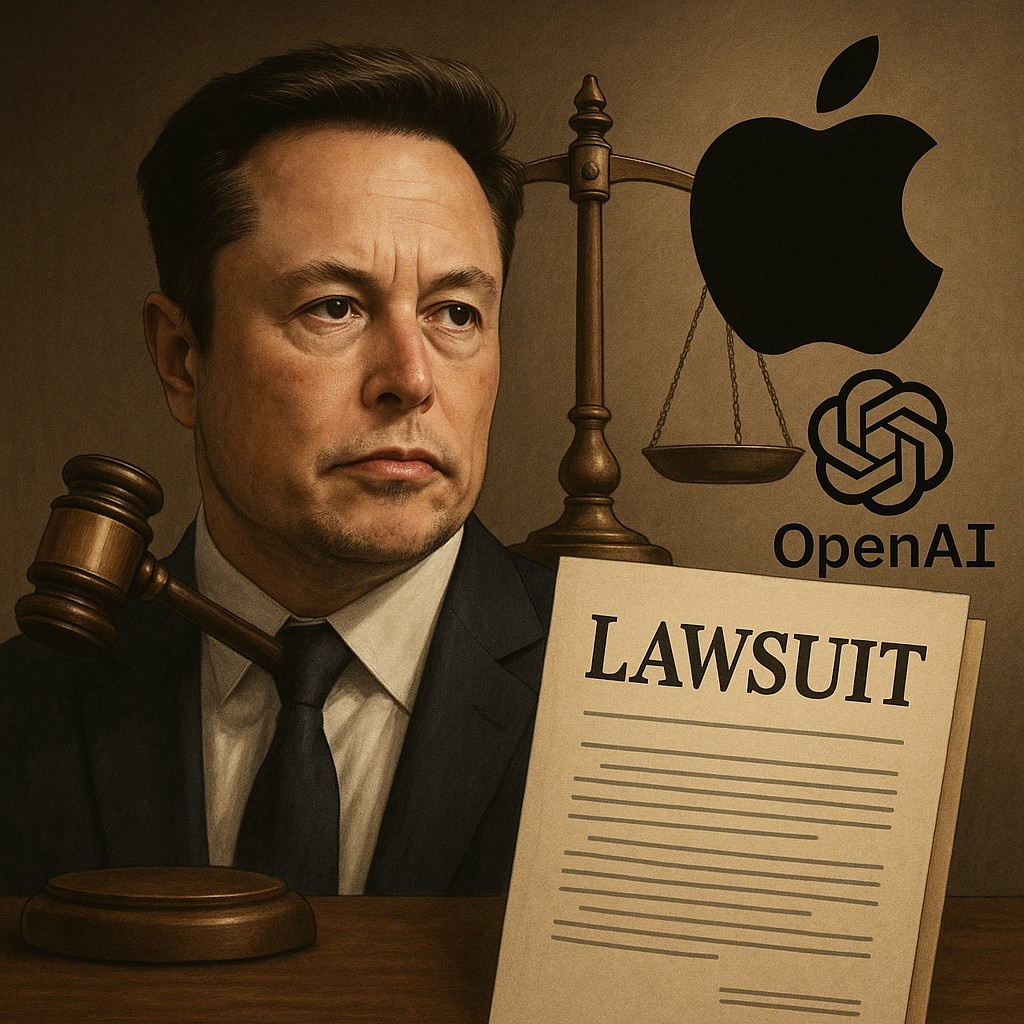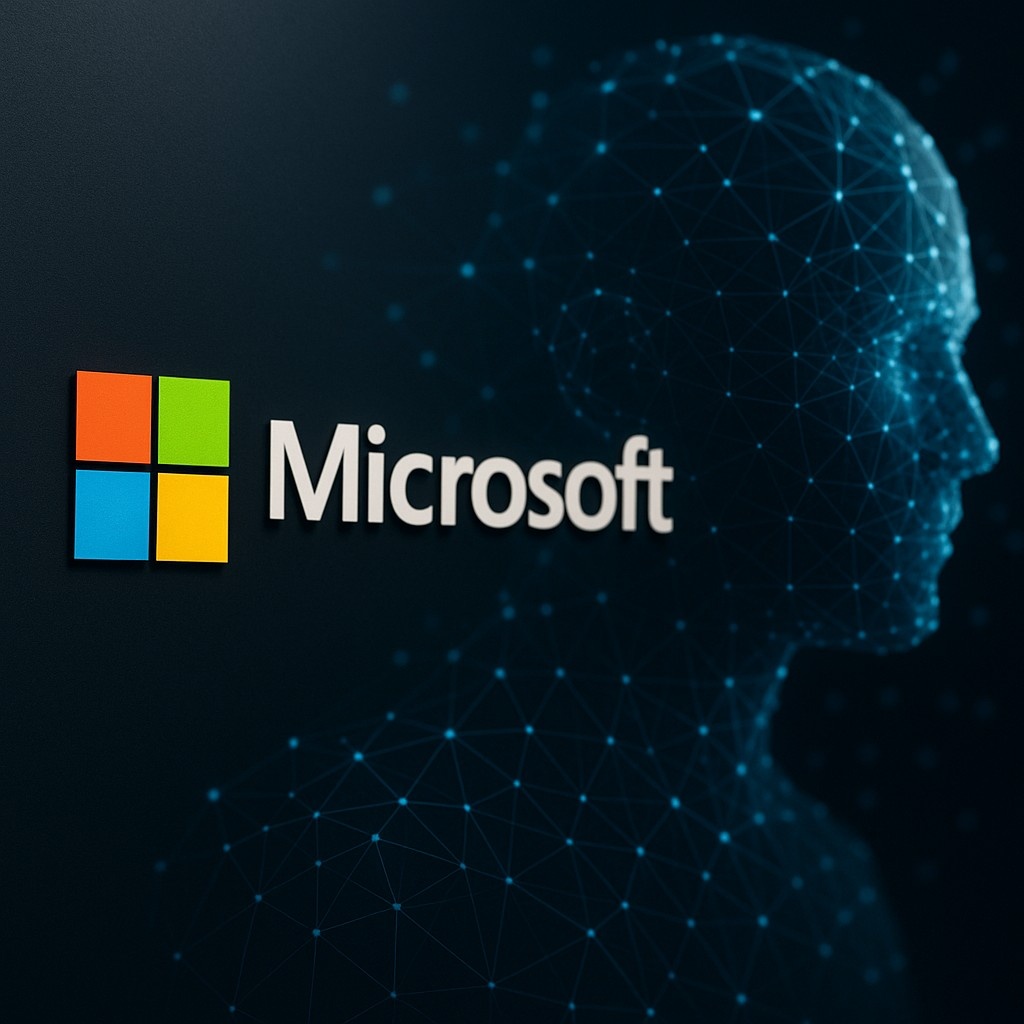Google Enters the Digital Out-of-Home Advertising Arena Through Display & Video 360: A Game-Changer for Real-World Reach
In a move poised to reshape how brands engage with consumers in physical spaces, Google has officially entered the Digital Out-of-Home (DOOH) advertising market through its programmatic ad platform Display & Video 360 (DV360). This expansion allows marketers to buy, manage, and measure campaigns that appear on public digital displays—from airports and shopping malls to transit hubs, taxis, elevators, and roadside billboards.
This marks a pivotal evolution in Google’s advertising ecosystem, transitioning from a purely screen-bound strategy to one that bridges the digital and physical world. With this step, Google opens new terrain for advertisers seeking omnichannel reach, where programmatic intelligence meets real-world visibility.
So, what exactly is DOOH, how does Google’s entry impact the ecosystem, and why does this matter now more than ever? Here's a deep dive into this strategic leap.
What Is Digital Out-of-Home (DOOH) Advertising?
DOOH refers to digitally-powered ads displayed in public environments, replacing static billboards with dynamic, real-time content. This includes:
- Digital billboards along highways
- Interactive displays in airports and shopping centers
- Smart screens in ride-shares, subways, and bus stops
- Digital signage in office buildings, gyms, and elevators
Unlike traditional out-of-home (OOH) advertising, which relies on manual placement and long lead times, DOOH allows for real-time updates, contextual targeting, and in some cases, audience data integration.
Global DOOH spending has surged over the past five years, projected to reach $26 billion by 2026, according to Statista. Brands are increasingly viewing these digital installations as high-impact surfaces in a crowded media landscape.
Google’s Big Play: Display & Video 360 Meets the Physical World
Google’s foray into DOOH is powered by its Display & Video 360 platform—a demand-side platform (DSP) that already facilitates media buys across display, video, audio, and connected TV.
Now, through DV360, advertisers can:
- Plan DOOH campaigns alongside digital ads
- Buy ad inventory from major DOOH exchanges
- Measure reach and impressions across public spaces
- Adjust campaigns in near real-time based on data
By integrating DOOH into DV360, Google is offering a unified media buying interface. This enables media planners to target a consumer with a YouTube ad, a podcast pre-roll, a banner, and a digital billboard—all from the same platform.
How It Works: The Mechanics Behind Programmatic DOOH via Google
The process of running DOOH campaigns via DV360 is surprisingly straightforward, leveraging programmatic technology that many marketers are already familiar with.
Here’s a step-by-step breakdown:
-
Select DOOH Inventory Providers
Google has partnered with leading DOOH networks such as VIOOH, Broadsign, Hivestack, and Vistar Media—which together represent millions of screens across the globe.
-
Set Campaign Goals
Advertisers can choose from branding, awareness, or location-based goals and define regions, venues, or types of screens (e.g., airports vs. gyms).
-
Upload Creative Assets
Static images, video loops, or motion graphics can be uploaded and previewed on various screen types.
-
Use Geo-Targeting and Contextual Controls
Marketers can schedule content to appear at specific hours, weather conditions, or proximity to a retail store.
-
Real-Time Reporting and Optimization
Google offers performance analytics to measure estimated impressions, dwell time, and screen-level delivery, helping advertisers optimize based on real-world performance.
It’s the same logic as online media buying—only this time, the screen is outside the home.
Why This Move Makes Strategic Sense for Google
1. Expanding Beyond Screens and Clicks
With over 90 percent of Google’s revenue coming from advertising, the company is always seeking ways to expand its inventory and reach. DOOH enables Google to capture consumer attention beyond mobile phones, desktops, and TVs.
This move is about owning ambient, passive media moments—times when users aren’t actively Browse but are still absorbing brand impressions.
2. Enabling Full-Funnel Omnichannel Strategies
Advertisers no longer need to silo their online and offline media budgets. With DOOH in DV360, brands can orchestrate unified campaigns, track exposure across environments, and align messaging throughout the customer journey.
3. Bridging Data and Real-World Impact
Through integration with Google’s broader advertising ecosystem, DOOH placements can potentially sync with audience segments, search behavior, or retail foot traffic, depending on privacy-compliant data partnerships. This brings a level of measurement previously missing in out-of-home advertising.
What Sets Google’s DOOH Offering Apart?
While other players like The Trade Desk, Adobe, and Amazon are exploring OOH integrations, Google has several unique advantages:
- First-party data at scale via Google Ads, Maps, and Android ecosystem
- Superior measurement tools and reporting infrastructure
- Cross-channel orchestration, allowing full-funnel targeting with seamless retargeting
- AI-driven optimization baked into DV360 for smarter delivery decisions
Additionally, Google’s strong relationships with global agencies and media buyers ensure rapid adoption and high inventory liquidity.
Privacy Considerations and Guardrails
Out-of-home advertising is inherently non-personalized—you’re targeting a screen, not an individual. However, the rise of DOOH raises questions about location tracking, audience inference, and contextual targeting.
Google has clarified that all targeting is location and context-based, and no facial recognition or personally identifiable data is used in the ad delivery process. Campaigns can be triggered by foot traffic data, time-of-day patterns, or environmental conditions, but not by identifying specific users.
As the privacy landscape continues to evolve, Google will be under pressure to maintain strict compliance with regulations like GDPR, CCPA, and emerging standards globally.
Industry Response and Use Cases
The industry has responded positively, seeing this as a way to modernize billboard advertising and extend campaign reach without reinventing creative or strategy.
Some anticipated use cases:
- Retail and QSR chains promoting location-based offers at transit hubs
- Movie studios and entertainment companies launching synchronized billboard and YouTube trailer drops
- Fashion brands using DOOH for seasonal lookbooks across malls
- Auto manufacturers delivering high-visibility branding along major highways
Agencies like Publicis, WPP, and Omnicom have already begun piloting campaigns through DV360’s DOOH integration.
Challenges to Watch
Despite the potential, this space comes with a few challenges:
- Creative adaptation: Not all digital ads translate well to 10-second screen loops in public.
- Measurement standardization: DOOH impressions are estimated, not tracked per user, which may require new KPIs.
- Inventory fragmentation: The DOOH ecosystem is still siloed across providers, though Google’s partnerships are bridging this.
Nevertheless, the momentum is clear, and Google’s entry could act as a catalyst to standardize and scale DOOH media buying globally.
The Bigger Picture: AI Meets the Physical World
This announcement is just one part of Google’s broader mission to make advertising context-aware, multimodal, and omnichannel. By combining AI-powered insights with real-world screen access, Google is betting on a future where advertising is not just personalized but also situationally intelligent.
Expect further integration with:
- Google Maps (for real-time location targeting)
- Retail analytics tools (for store visit tracking)
- Connected car platforms (for automotive screen ads)
In short, this is not just about outdoor billboards—it’s about making every screen, surface, and environment part of the programmable advertising grid.
Final Thoughts
Google’s entry into the Digital Out-of-Home space via Display & Video 360 is more than just a new feature—it’s a strategic expansion that brings the full power of digital advertising to the physical world. For marketers, it opens up a new channel that blends high-impact visual storytelling with programmatic precision.
As the lines blur between online and offline attention, the future of advertising will increasingly rely on how well brands can coordinate across devices, locations, and moments. With DOOH in DV360, Google just made that coordination a lot more seamless—and a lot more powerful.
